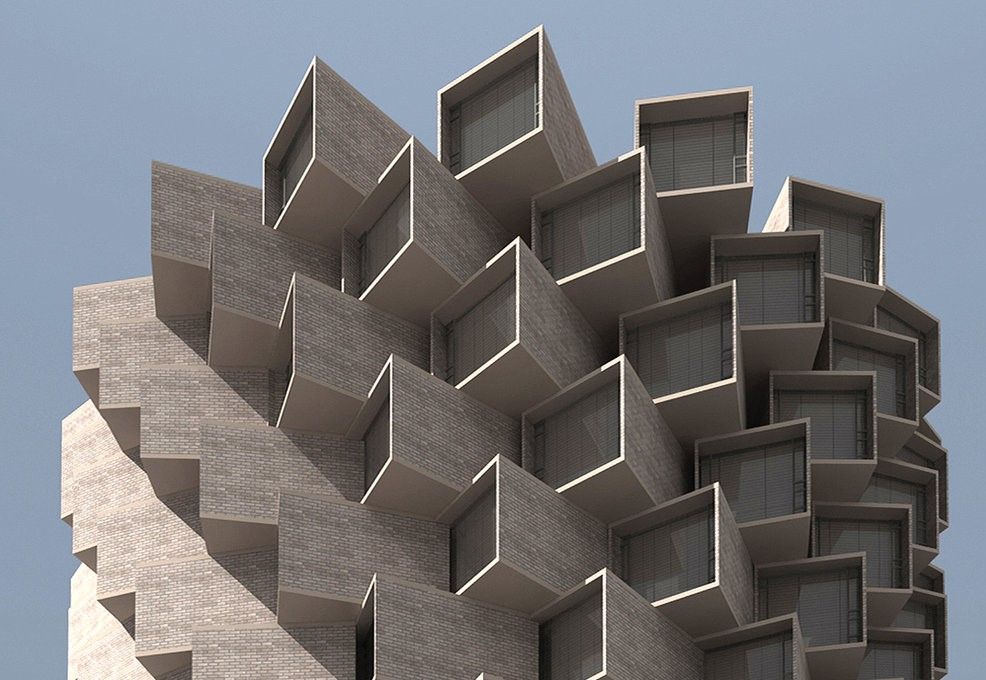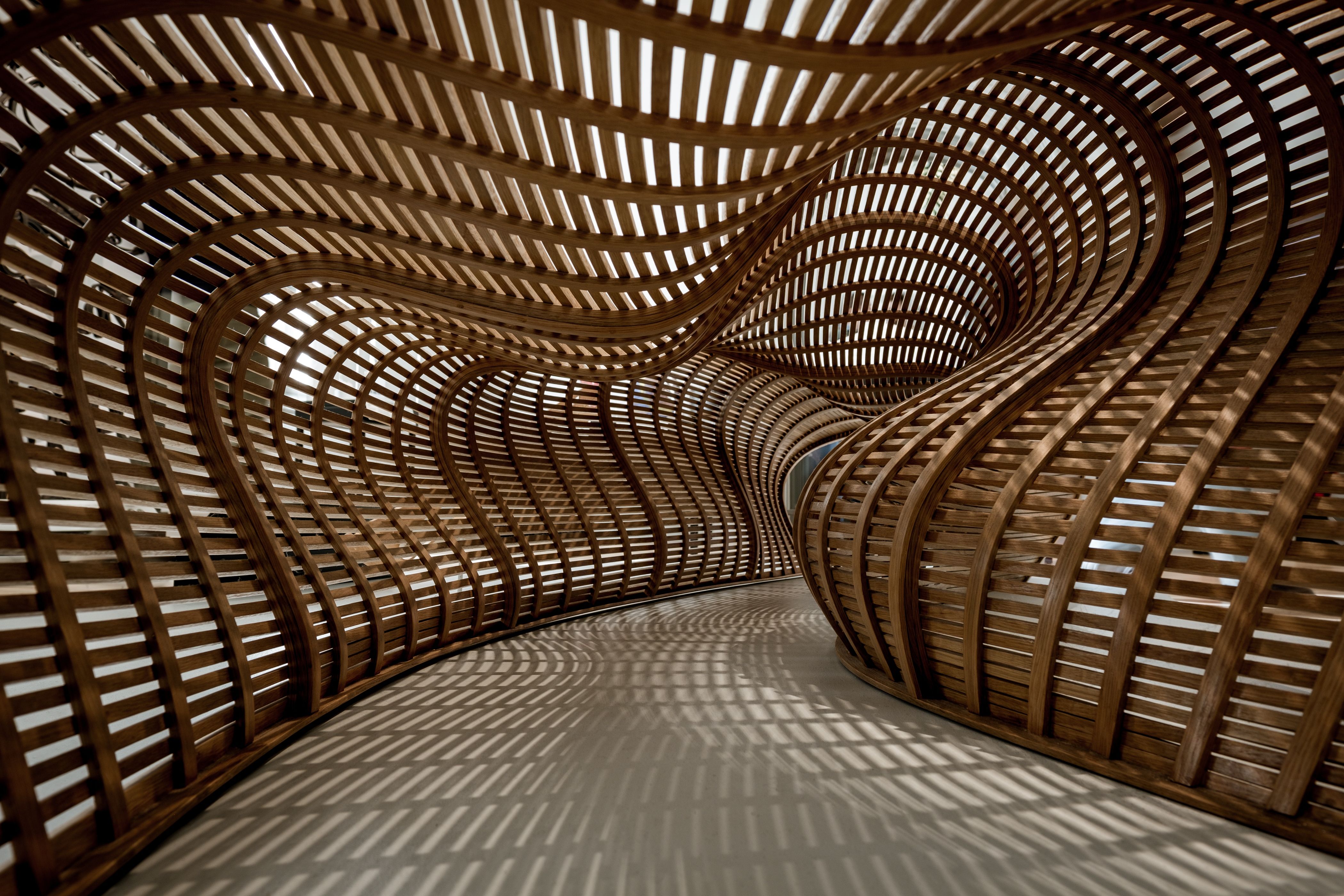Streaming Now – Novatr’s story on The Indian Edtech Story, only on Jio Hotstar.
PROGRAMS
Join thousands of people who organise
work and life with Novatr.
Rhino 3D vs Solidworks Software: Which One Should You Learn In 2022?
Thet Hnin Su Aung
9 mins read
April 16

What are Rhino 3D and Solidworks software? What do they do?
Rhino 3D
Rhino or Rhino 3D is a command-driven 3D design software by McNeel that has been gaining popularity as a free-form surfacing design tool. Modelling in Rhino focuses on curves and surfaces by modifying its control points. This allows producing complex organic shapes with precision and ease. Design professionals from diverse fields, not just architecture, make use of Rhino 3D to create ornate 3D models.
Solidworks
Then what is Solidworks? It is a CAD and solid modelling tool that has been well-established in the AEC industry for years. Currently owned by Dassault Systems, it is capable of creating both 2D and 3D designs. It also includes features that respond to the needs of engineers, and so is used more frequently by engineering professionals, including robotics and electronics.
Intuitive and user-friendly, Solidworks allows users to conceptualise, create, communicate and share ideas to produce outstanding product designs. It not only produces complex 3D solid models but also 2D drawings, from conceptualisation to visualisation.
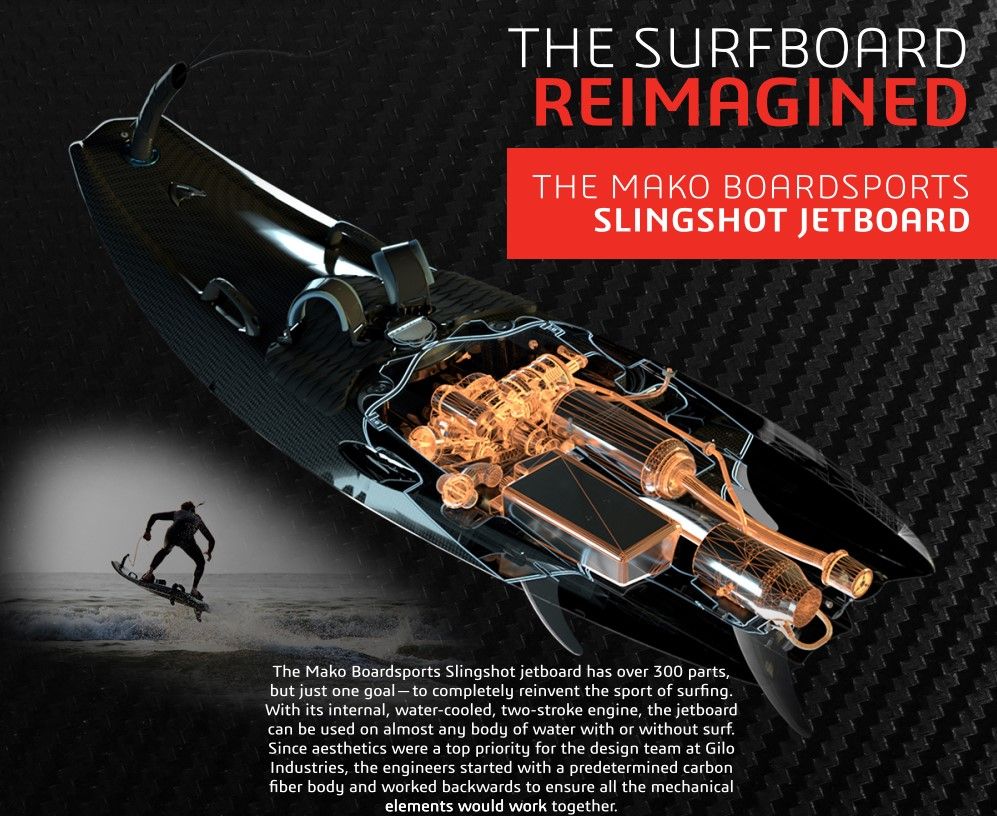
Jetboard design imagined in Solidworks
Creating models is not the end; they need realistic rendering to present the project to clients. Both the software are capable of producing photorealistic rendering to enhance presentations. Solidworks’ PhotoView 360 can create rendered images showing details in models, available for Solidworks CAD Professional and Solidworks Premium.
Rhino 3D, on the other hand, includes many choices for textures, lighting and camera positions. Rhino Render and Raytraced Viewport Mode allow designers to see the model’s appearance under the light in real-time. Just test the materials, from its extensive material library, in real-time as you choose from its myriad choices of lights.

The Positives
Rhino 3D

Rhino 3D Live sync with Lumion
With NURBS (Non-Uniform Rational B-Splines) technology, any shape, from standard lines and curves to most complex 3D organic forms, is possible when modelling with Rhino 3D software. The NURBS allows a precise method for high-quality 3D models, hence, it has been used in illustrations, animations and manufacturing etc to bring ideas to life.
In addition, it can also translate polygon meshes and point clouds to make unrestricted 3D geometry models. Creating and rendering models are the least of Rhino’s abilities; it also enables users to analyse, document and animate the models. Moreover, Rhino uses various modelling tools, either built-in or with plugins available according to the needs, so there is no restriction on creativity for the designers.
Tools, such as Grasshopper for parametric modelling and Make2D for exporting 2D drawings, further enhance the workflow for more efficient and effective design idea communication. When we talk about Rhino 3D software, it is pretty much unacceptable not to mention Grasshopper. Grasshopper is a visual programming language plugin for Rhino that requires no prior knowledge of programming or scripting.
The integration of Rhino and Grasshopper offers precise parametric control over models while exploring generative design workflows. As a visual programming language, it works by connecting functional blocks into action sequences, becoming a system that works on the organised data input for the desired result, without manipulating textual programming codes.

File formats compatible with Rhino 3D
Rhino might seem a tad distant from other 3D modelling tools, especially with plugins like Grasshopper, but it does not mean it is not compatible with other 2D CAD or rendering tools. It is compatible with hundreds of different programmes including .dxf, .dwg, .3ds, and .ai file formats.
Solidworks
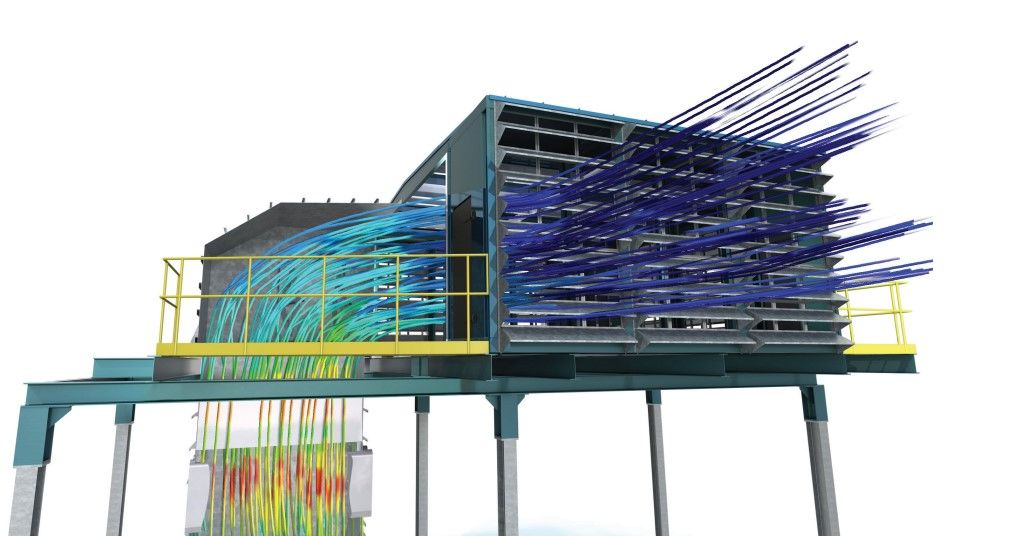
Fluid flow analysis in Solidworks
When it comes to manufacturing and engineering, Solidworks software is a better option as it can be used for creating mechanical and electrical elements. Not only can it model such elements separately, but the assembly process of these parts can also be animated for a clear presentation of the product. As the tool itself is intuitive and user-friendly, learning it is easier than Rhino, especially for someone already familiar with CAD tools.
Though Solidworks’ forte lies in engineering design, it also comes with numerous tools for architects and designers for planning, construction and fabrication. It comes in various tools and packages to aid in design, cost estimation, data management and even manufacturability for the products.
One of the strengths of Solidworks lies in its ability for simulations. Fluid dynamics, structural simulations etc enable comprehensive analysis for product performance and quality. Solidworks Simulation tool uses FEA (Finite Element Analysis) to predict and project the actual physical behaviour of the product.
It is available for linear, non-linear static and dynamic analyses to help designers understand product conditions and performance early so any updates, if needed, can be done quickly and avoid reworking at the later stages.
The Negatives
Rhino 3D
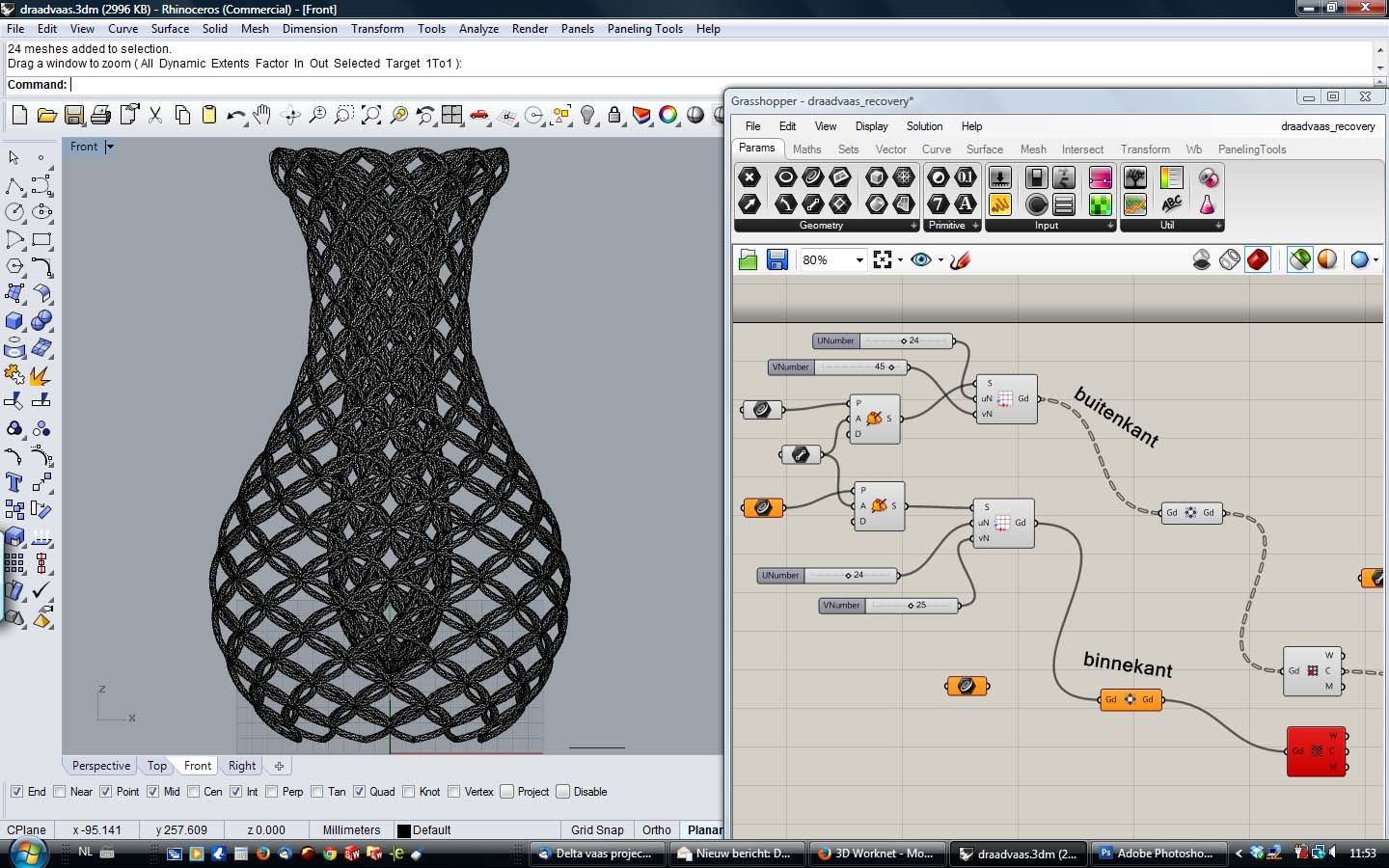
Rhino 3D with Grasshopper
As Rhino has a relative complexity as a free-form modeller, the learning curve is steeper and maybe more time-consuming. As a beginner, it might be perplexing to navigate through the tools and user interface. Joining a well-developed course is advisable for newcomers to this software.
Moreover, Rhino does not have a free version, though there is a 90 days trial version. The pricing may be quite high, especially for fresh graduates, and so they may be hesitant to try it out.
A Rhino 3D model can be full of intricate details with a lack of construction history, hence it may be harder to make changes to the model. The software also does not include component libraries or team collaboration tools (e.g. BIM360 for Revit).
Solidworks
There are no free versions for Solidworks software either, however, there is a trial version. Dassault Systèmes released a free CAD viewer, in which one can view a Solidworks model. Student and Makers versions are available at a lower cost for 3DExperience (and the Solidworks software for students).
Solidworks modelling may look boxy and blunt during the design stage thanks to the solid modelling property. Creating organic shapes is also difficult, with no NURBS curves technology. It includes many tools and features that might slow down the software.

Solidworks software interface
Which design professionals is it ideal for?
The choice of software depends on the industries and the needs of the professionals. The features of these tools essentially determine which will be used as meeting the need for efficient modelling is a priority for the designers. Solidworks modelling is commonly used in the engineering and manufacturing industries.
Meanwhile, Rhino 3D software is used extensively in the design industry, from architecture and industrial design to jewellery making. Automotive designers have also used Rhino thanks to its free form making strength.
Why and when should we use it?
What tool you should use depends on where you work (as some firms or even countries favour one tool over the other), the need for features to aid design creation and the efficiency of the tool. Solidworks combines different functions, including 3D CAD, CAM (computer-aided manufacturing) and CAE (computer-aided engineering), in addition to being a parametric solid modeller. However, just because Solidworks modelling has been used extensively in engineering and manufacturing niches, it does not lack in the architectural design niche.
Rhino 3D software, on the contrary, is a great tool for 3D modelling with NURBS curves to achieve impossible organic forms which puts it on a higher pedestal than other modelling software such as Sketchup. It also supports CAM processes, though it might lack in CAE elements.
If you are interested in learning Rhino, why not join Novatr’s Parametric Modelling Certification Course, where you can learn through a well-structured programme taught by industry experts! For other Rhino and computational design related articles, go to our Resources.

Join 100,000 designers who read us every month

